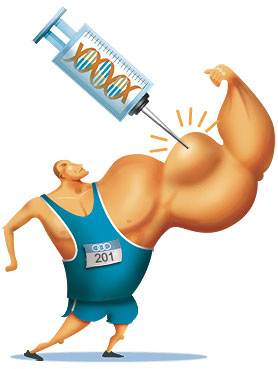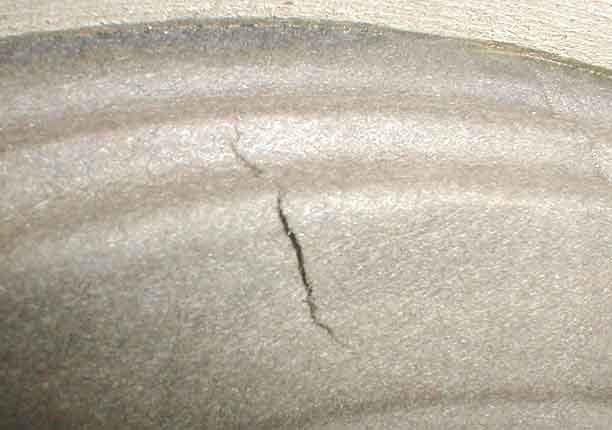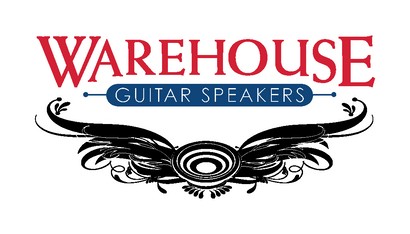Your Cart is Empty
NOW FREE SHIPPING TO 48 CONTIGUOUS UNITED STATES ON ALL ORDERS!!!
The Dope on Speaker Dope!
by vaughn skow January 31, 2012 3 min read

If you are reading this blog, you have an affinity for speakers and tone that surpasses that of the casual guitarist. You have no doubt encountered the term "doping" when researching speakers. Some believe that doping creates monster speakers the way it creates monster Baseball all-stars. This is one of those oft misunderstood areas which can approach smoke & mirror status. So, let’s carefully enter the murky waters of speaker doping. Put on your hip waders and READ ON!
Right off the bat, let’s dispel some common myths and misunderstandings. First, speaker doping refers to a treatment of the edge of the speaker cone. Some folks sell a snake-oil concoction to be administered to the entire speaker cone in an attempt to "age" or "break-in" the speaker. That’s a bunch of bunk, and it is not what we are talking about here! Second, in the question of whether to dope or not, there is no clear winner. It’s not a case of one being better or worse, just what is most appropriate for a given speaker design, its application, and the desired result (tone).
Okay, so moving on. You all know by not that I love the HISTORY involved in loudspeaker design and manufacture, so let’s start there. Very early in speaker design the paper cone emerged as being the best way to reproduce sound that had been transmitted as electric energy - a fact that remains unchanged to this day. The big game-changer in the world of speaker design was, of course, the electric guitar. The electric guitar changed everything in the world of audio-electronics. Even in the 1940’s & 50’s guitar players then, as now, liked to "turn it to 11". As players pushed their amps, often the speakers were the first casualty. A number of fixes were tried. Bigger this, better that.
It was noticed that speakers often failed first around the outer edges, where the movements were large, and met with the (nonmoving) frame of the speaker. Here is a speaker from an old Fender Concert showing typical fatigue cracking around the outer edge (surround) of the cone.

One solution to this problem is applying a rubber-like substance (dope) to the speaker surround. This application not only helps protect against premature fatigue cracks, it also affects the tone of the speaker. In a nutshell, the application of "dope" to a speaker surround results in:
- A less raw, more controlled sound
- A speaker that can hold its own better at higher volumes
- Reduction in "cone-cry" and "ghost notes" brought on by large cone movements
- A less articulate, less touch sensitive speaker
The more dope, the more these factors come into play.
Overall, a non-doped cone will sound more raw and vintage; and a heavily doped cone will sound more modern and controlled. So, it would be easy to say that if you want a high-power monster for ... say, metal, you would want a speaker with heavy dope, and for a low-volume articulate speaker you would want no dope at all. In big, broad terms this is mostly true. However, this must not be considered a concrete law, as all of the other design elements of the speaker also come into play heavily in determining the final sound of a speaker. Furthermore, some cone designs just plain sound better with dope, and some without. Oh, and all dope ain’t the same, WGS for instance uses a special proprietary potion.
So there ya go, now ya know the rules of doping ... so go out and break them at your own discretion (we guitar players love to break the rules)! Over the coming weeks and months we’ll dissect other speaker components and dispel more myths. Ya all are the greatest, can’t wait till next week.
Leave a comment
Comments will be approved before showing up.
